
Data Center Monitoring with Nlyte’s DCIM Software


Optimize Your System Utilization with Real-Time Data Center Monitoring and Reporting
As data centers grow in scale and complexity, it becomes more and more challenging to monitor space, power and cooling.
System utilization, or the lack of, is increasingly being scrutinized as enterprises routinely discover upwards of 20% “ghost servers” that idly consume energy but serve no business function.
What is Data Center Monitoring?

Data center monitoring involves tracking key metrics in real time to monitor the status and health of a data center. The data collected is stored and visualized using Data Center Infrastructure Management (DCIM) software, allowing you to make data-driven decisions.
You can monitor all aspects of a data center from network performance to energy consumption figures and more. The goal is to ensure that your data center is operating as efficiently as possible.
Improving the overall efficiency of your data center will enable you to get more out of existing assets and reduce overall operating costs. There are varying levels of data center monitoring. Here are the most common.
Hardware Monitoring
Hardware monitoring involves monitoring the performance and power consumption of hardware in a data center over time. It enables admins to track changes in a hardware’s capacity and identify potential performance issues.
Hardware that’s performing below benchmarks is only wasting resources. One inefficient server is generally not a problem, but on a larger scale it can result in significant costs.
Data is typically collected via sensors and other measurement devices that poll the equipment in a data center a few times an hour. The amount of data gathered can be massive.
DCIM software lets you visualize this data and even receive alerts when certain thresholds are exceeded. This information helps you make informed decisions, such as whether to repair certain assets or replace them altogether.
Environment Monitoring
The internal environment of a data center affects operating efficiency. High temperatures can cause servers to overheat, while low temperatures can increase the risk of condensation — both of which can lead to costly downtime if they’re not managed right away.
Humidity is another factor that can become an issue in data centers. High humidity can result in equipment corrosion and low humidity can cause a buildup of static electricity.
Hot spots are problematic in a data center as they increase cooling costs and reduce overall efficiency. Maintaining proper airflow can prevent these hot spots from forming.
Environment monitoring systems are connected to various sensors and monitoring devices that are deployed throughout a data center. These enable administrators to monitor internal factors like temperature, humidity, and airflow in real-time.
With a DCIM solution, you can monitor environmental conditions in real-time and receive alerts based on certain conditions. This allows you to take action immediately before issues lead to equipment failure.
On-Premises Monitoring
Data centers house sensitive information, so security is of utmost importance. Unauthorized entry can lead to data breaches and other attacks that could compromise an organization.
Whether you maintain your own data center or rely on a colocation center to house your servers, it’s important that adequate measures are taken to prevent unauthorized access.
Examples include maintaining access lists of authorized individuals, setting up video surveillance, and having routine patrols around the premises.
What Are the Benefits of Data Center Monitoring?
Data centers undergo frequent changes as equipment is constantly being added or upgraded with new hardware. Being able to monitor every aspect of a data center is important for making strategic decisions. Here are the benefits of data center monitoring:
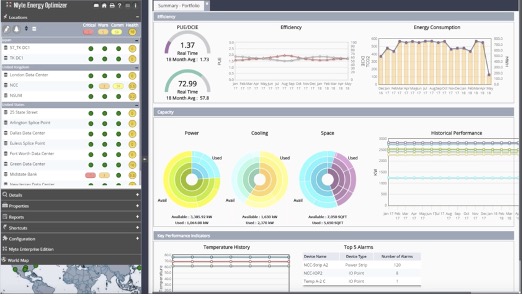
Data center monitoring provides real-time data that gives you an accurate picture of how resources are being used. This allows you to optimize capacity utilization and get more out of existing assets.
Data about individual components in a data center is collected through sensors and other monitoring devices. The data is then relayed and visualized using DCIM software.
DCIM software analyzes the information collected and makes predictions on how certain resources will be used over time. This helps data center administrators make informed decisions about capacity and whether to purchase new equipment.
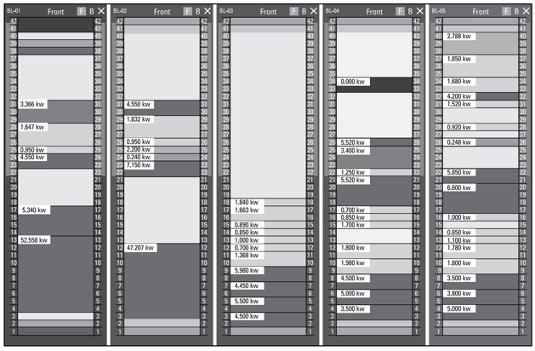
Any downtime in a data center can be extremely costly in terms of lost revenue. Common causes of data center failure include network failure, power outages, and natural disasters.
Data center monitoring can help you avoid unplanned downtime. DCIM software gives you a complete picture of all aspects in a data center, including real-time data about resource usage and environmental factors.
The data can be used to send alerts when certain thresholds are exceeded. This enables you to identify and address potential issues before they become more problematic.
Data center monitoring also collects data from environmental sensors. These allow you to track internal environmental conditions, such as temperature, humidity, and air flow — all of which need to be carefully monitored to maintain uptime.
Monitoring existing assets and optimizing power consumption reduces a data center’s carbon footprint, which in turn lowers operating costs.
Collecting real-time data from all assets provides valuable insights. If a component is performing well below performance benchmarks, you can take steps to address the issue.
The use of DCIM software can also pinpoint “zombie” servers — servers that are physically running and drawing power, but aren’t performing any useful functions. Once identified, these servers can be decommissioned and replaced with more efficient hardware.
Factors like overcooling and hot spots can increase operating costs. Monitoring devices integrated with DCIM software can help you understand cooling requirements and optimize internal factors that may be affecting efficiency.
DCIM software can even balance workloads and power down servers that are not required based on current processing needs. A more efficient data center ultimately costs less in the long run.
The data provided from data center monitoring can help with capacity forecasting. If you’re launching a new service, you’ll want to know whether your data center can handle it. Otherwise, you risk potential outages due to poor planning.
With DCIM software, you can test “what if” scenarios and forecast the exact capacity needed based on different factors. These insights allow you to plan accordingly and prepare for any spikes in usage.
Without the data that data center monitoring provides, making decisions about capacity and utilization would be based entirely on guesswork.
How System Utilization Monitoring Works
System utilization monitoring extends real-time monitoring throughout the data center from the facilities layers and across the IT stack, providing the first end-to-end real-time utilization view.
Implementing a highly scalable monitoring solution enables customers to understand system utilization levels across the enterprise as a whole and down to specific assets, while supporting DCOI Server Utilization tracking.
Ultimately, this empowers all infrastructure managers to leverage a comprehensive set of data to better eliminate waste, increase uptime, and ultimately meet or exceed their SLA objectives.


Who Can Benefit From Data Center Monitoring?
- Data center operators: Data centers house critical components that are crucial for an organization’s IT operations. Monitoring the resource usage and hardware health of individual assets helps data center operators manage workflows and optimize efficiency.
- IT teams: Downtime due to hardware failure can be extremely costly. Data center monitoring helps IT teams maintain the network and keep downtime to a minimum. It also helps them track individual assets without having to rely on spreadsheets.
- Power and network teams: Data from sensors and monitoring devices help power and network teams troubleshoot issues related to connectivity. With DCIM software, you can receive immediate alerts when critical thresholds are exceeded.
- Facilities teams: Data center monitoring helps facilities teams monitor changes in the environment that may impact operational efficiency. These include temperature, humidity, and airflow.
- Finance teams: Finance teams can track the lifecycle of individual assets in a data center and allocate funds for upgrades. They can also track usage for individual clients and bill accordingly.
Gain Actionable Insights With a Data Center Monitoring Tool
Nlyte’s DCIM software lets you monitor and automate the management of your entire compute infrastructure. Maximize the value of individual assets, quickly visualize space for new equipment, improve operating efficiency, and more.
Nlyte’s DCIM software is a comprehensive data center monitoring tool that lets you:
Constantly monitor system utilization at the global, location, and room levels to provide complete oversight
Identify specific underutilized servers and “Ghost Servers” to raise utilization rate
Combine with Nlyte Asset Optimizer to support reaching Server Utilization and Sustainability objectives
Improve capacity planning and space utilization from a single interface
Make more efficient use of existing hardware by balancing workloads and sending alerts when thresholds are exceeded
Make forecasts based on “what-if” scenarios, so you can plan and manage resources accordingly
Nlyte System Utilization Monitoring Features
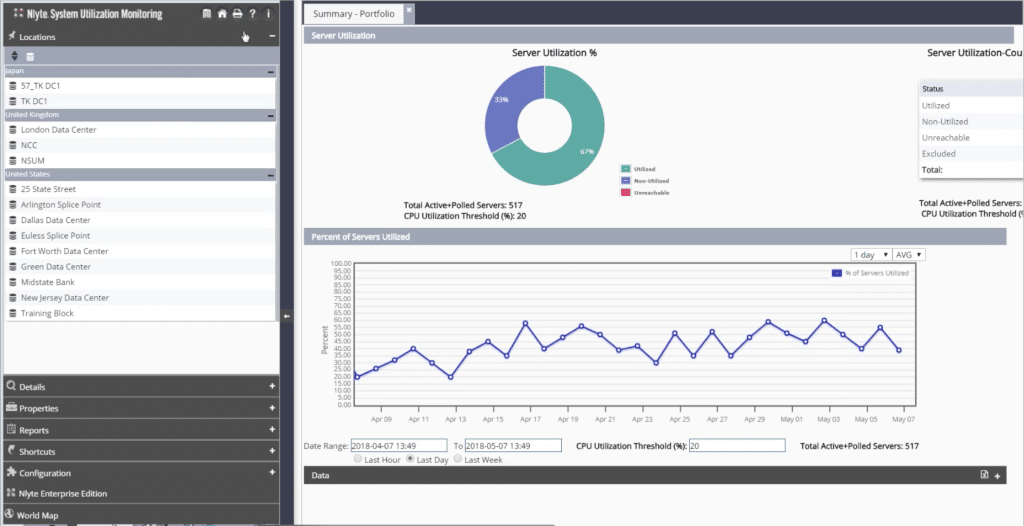
Servers that sit idly waste resources and cost more in the long run. Dashboard views let you track and monitor server utilization over time. With this data, you can track down underutilized servers that are driving costs up.
Benefits:
- Dashboard views of server utilization
- Global and room views
- Observe average CPU utilization
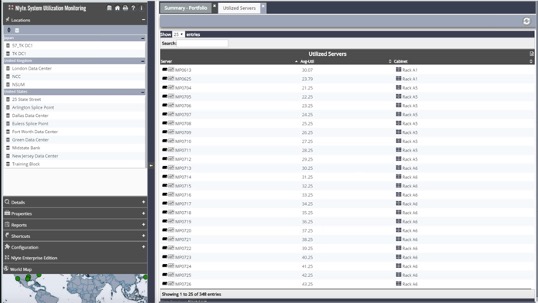
See average utilization figures across all servers at a glance and receive notifications when certain servers are unreachable.
Benefits:
- Identify compliant and underutilized servers
- Notification of unreachable servers
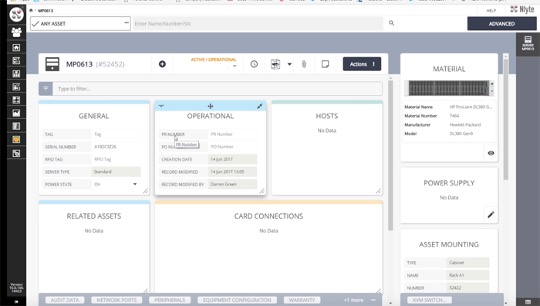
Nlyte Asset Optimizer is a scalable software solution that automates capacity planning and enables you to get more out existing resources in your data center, colocation center, or edge facility
Benefits:
- Generate server utilization dashboard
- Determine server density based on CPU utilization for bare metal and virtual systems
Get detailed information about all assets in your data center and track their entire lifecycle — without having to rely on spreadsheets or physically send someone to the server room.
Benefits:
- Gather real-time data about existing assets
- Receive alerts about potential issues
Data centers undergo frequent changes — hardware is constantly being upgraded or replaced to keep up with increased processing demand. Nlyte’s DCIM software facilitates change management, allowing you to monitor each piece of hardware and ensure minimal downtime.
- Ensure all change management requests are compiled correctly
- Automate the management of work orders and workflow activities
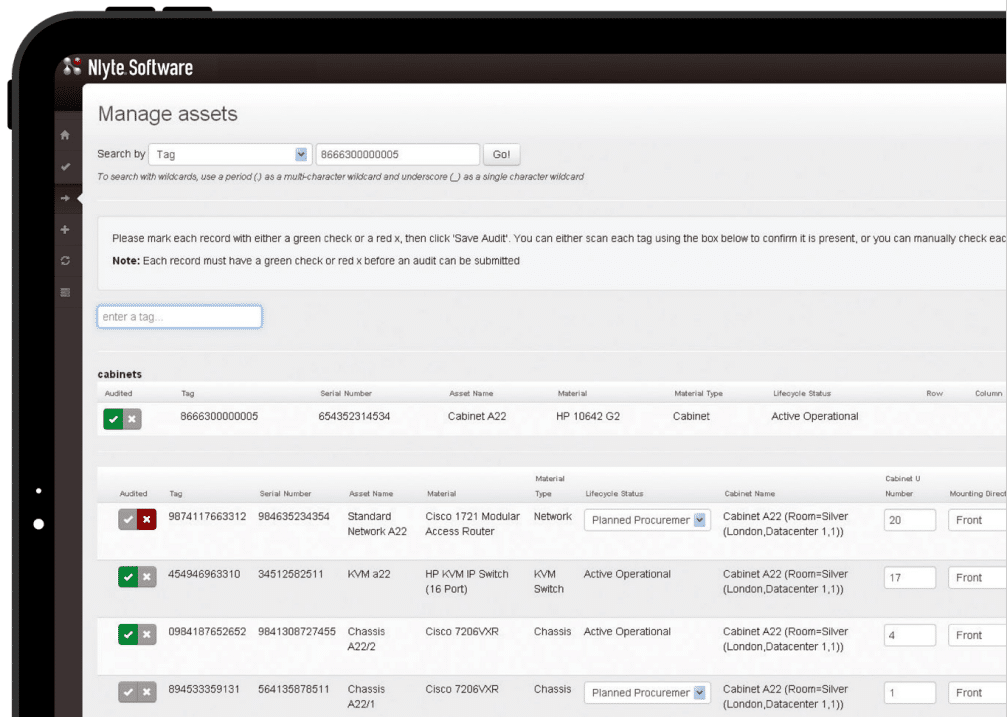
Generate automated reports with only a few clicks. See exactly what assets are in your data center, their utilization, and more.
- View historical data and generate automated reports in an instant
- Generate tracking and auditing trails to ensure compliance

